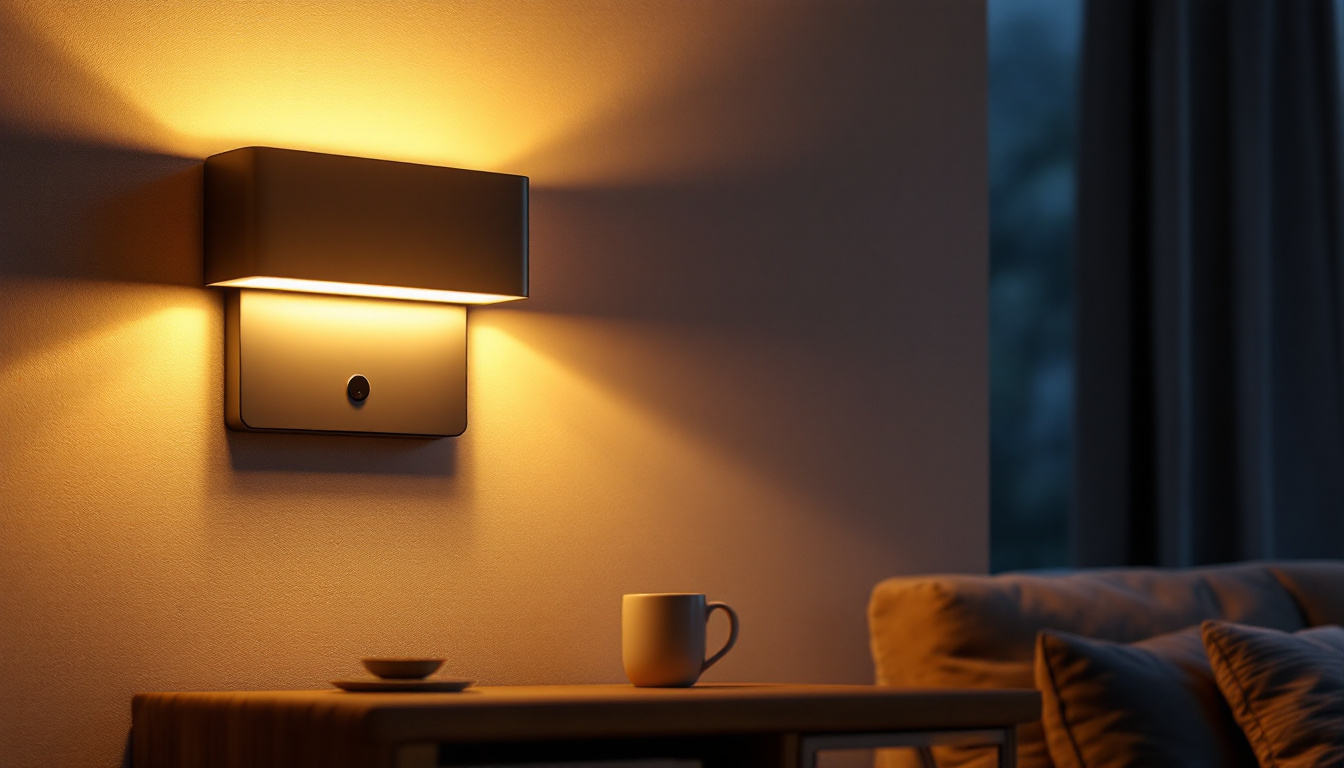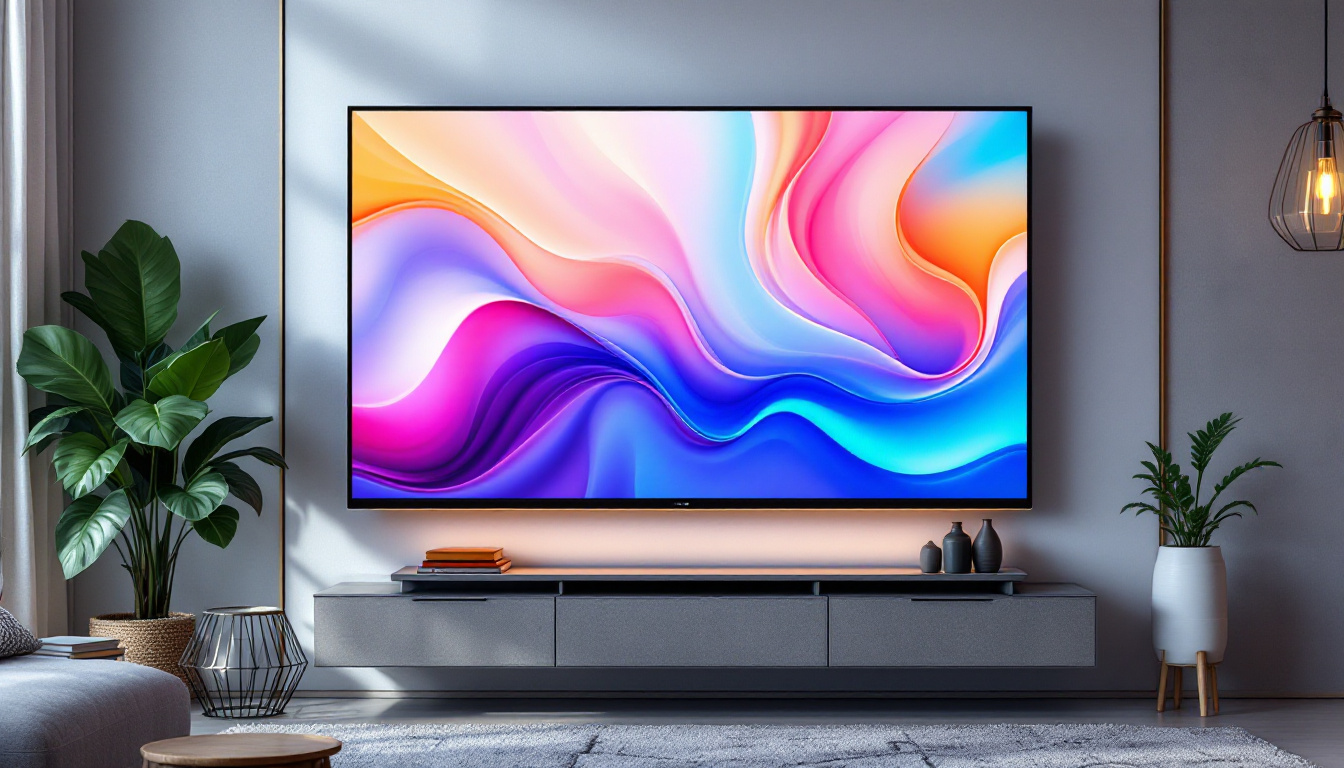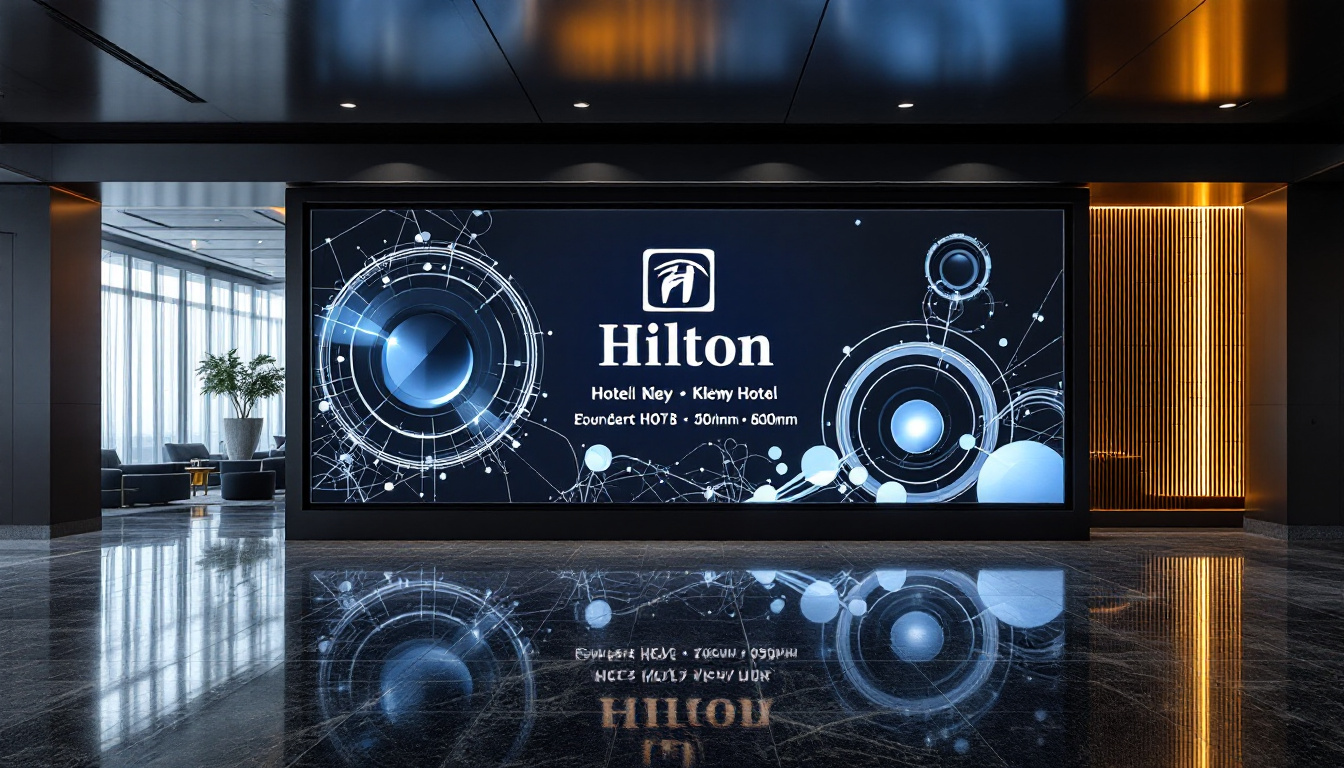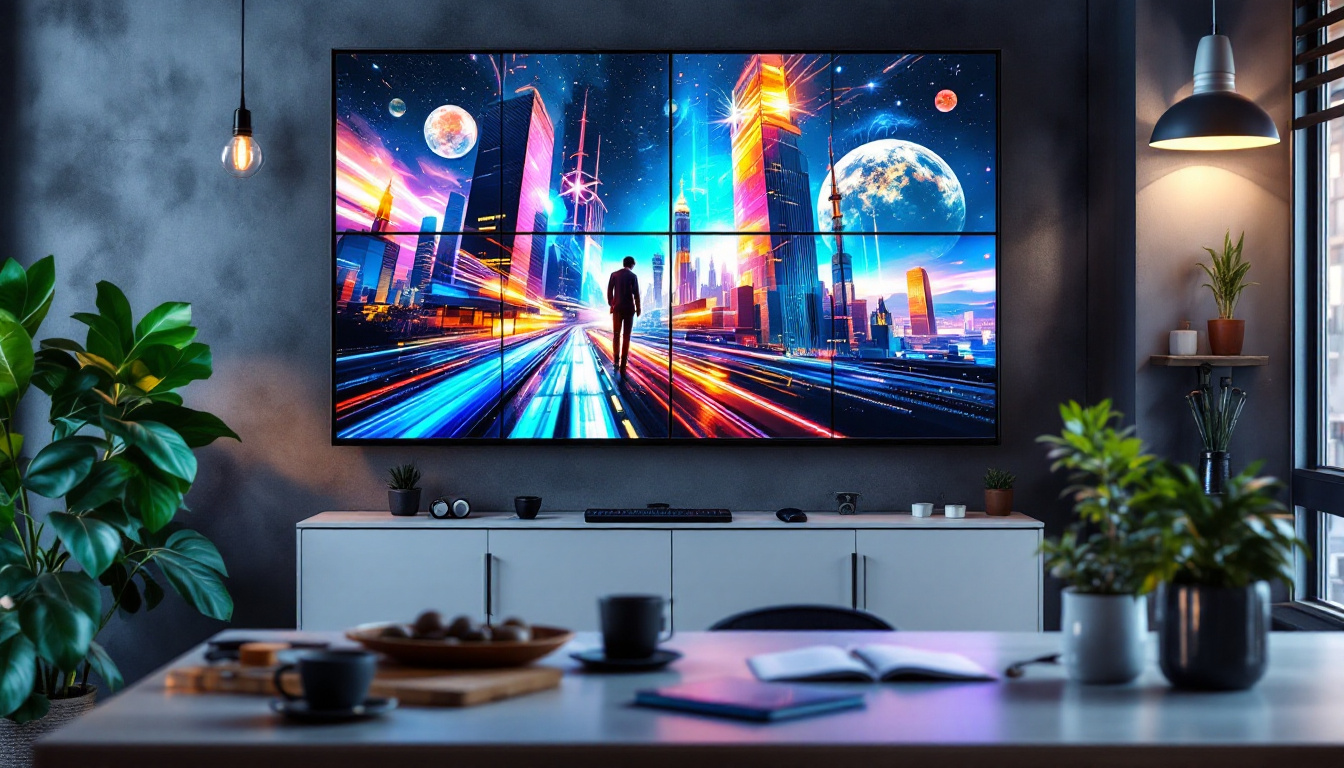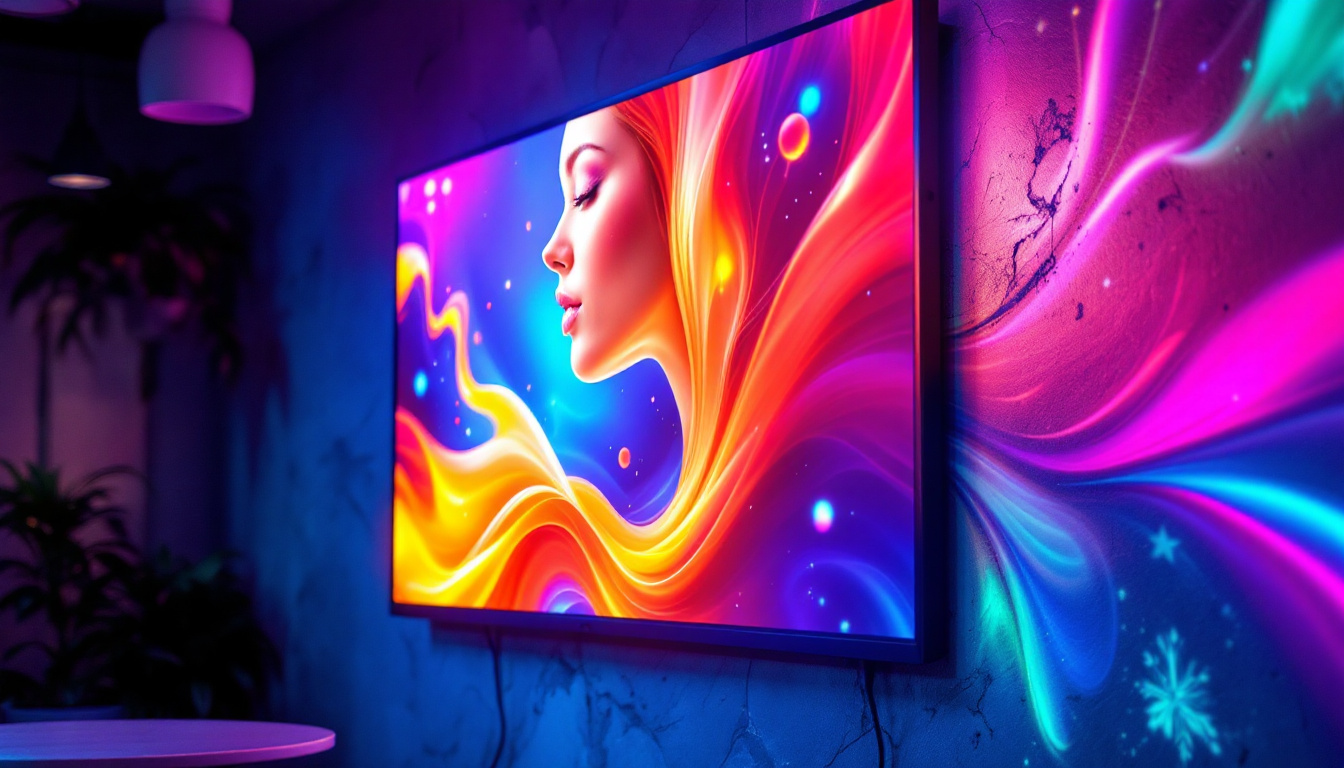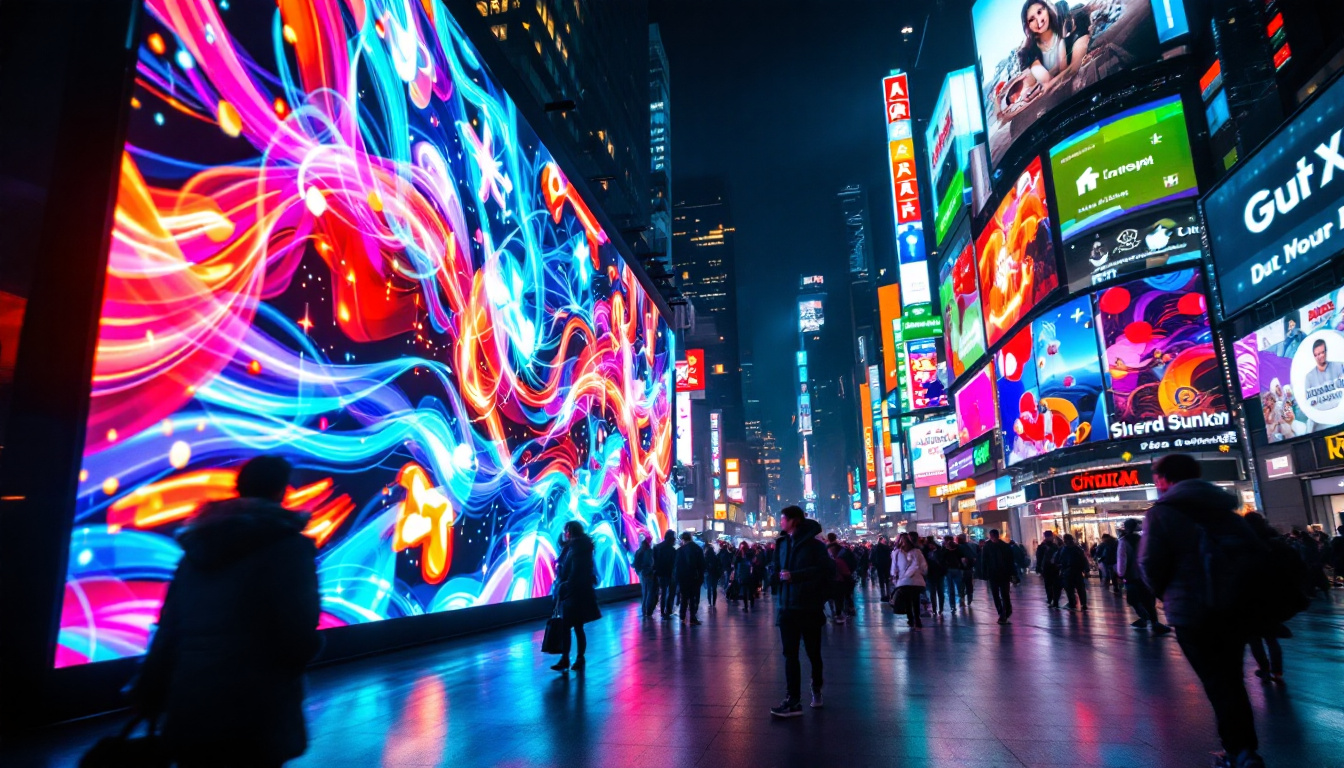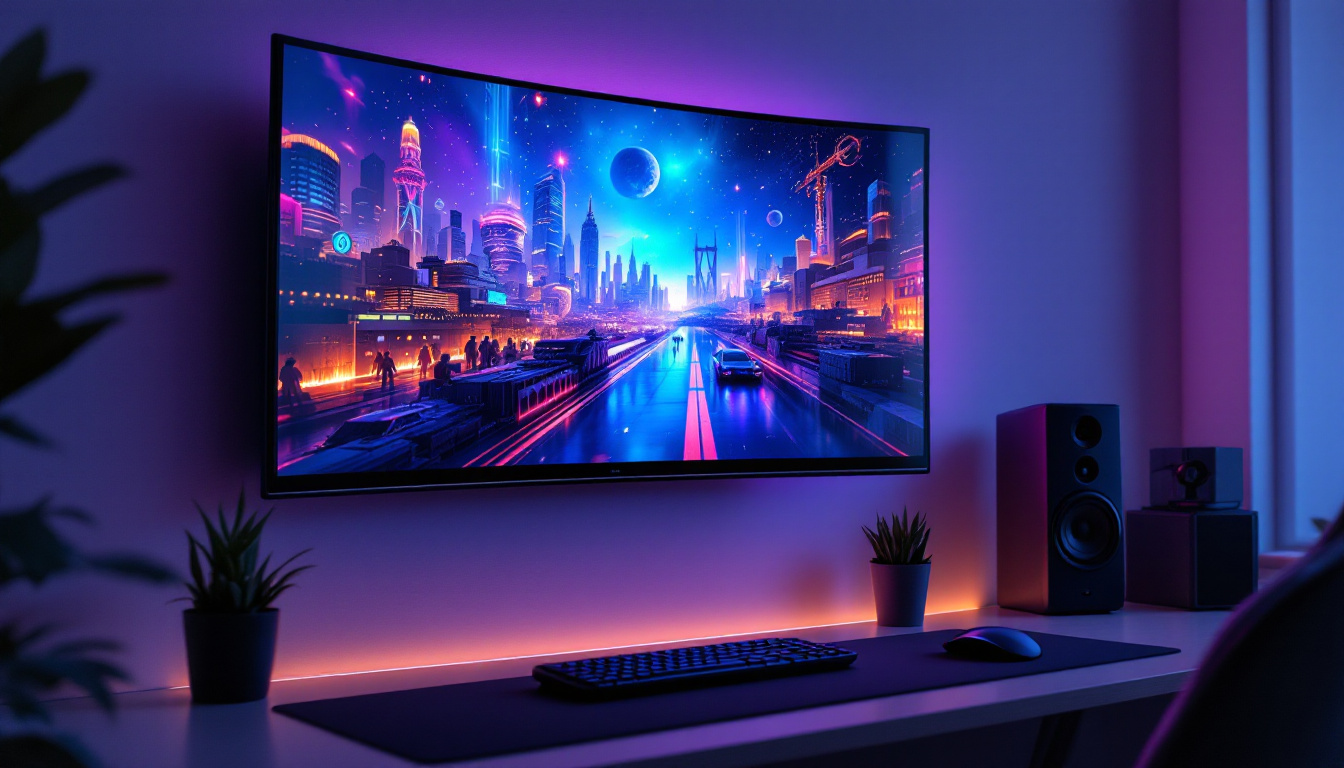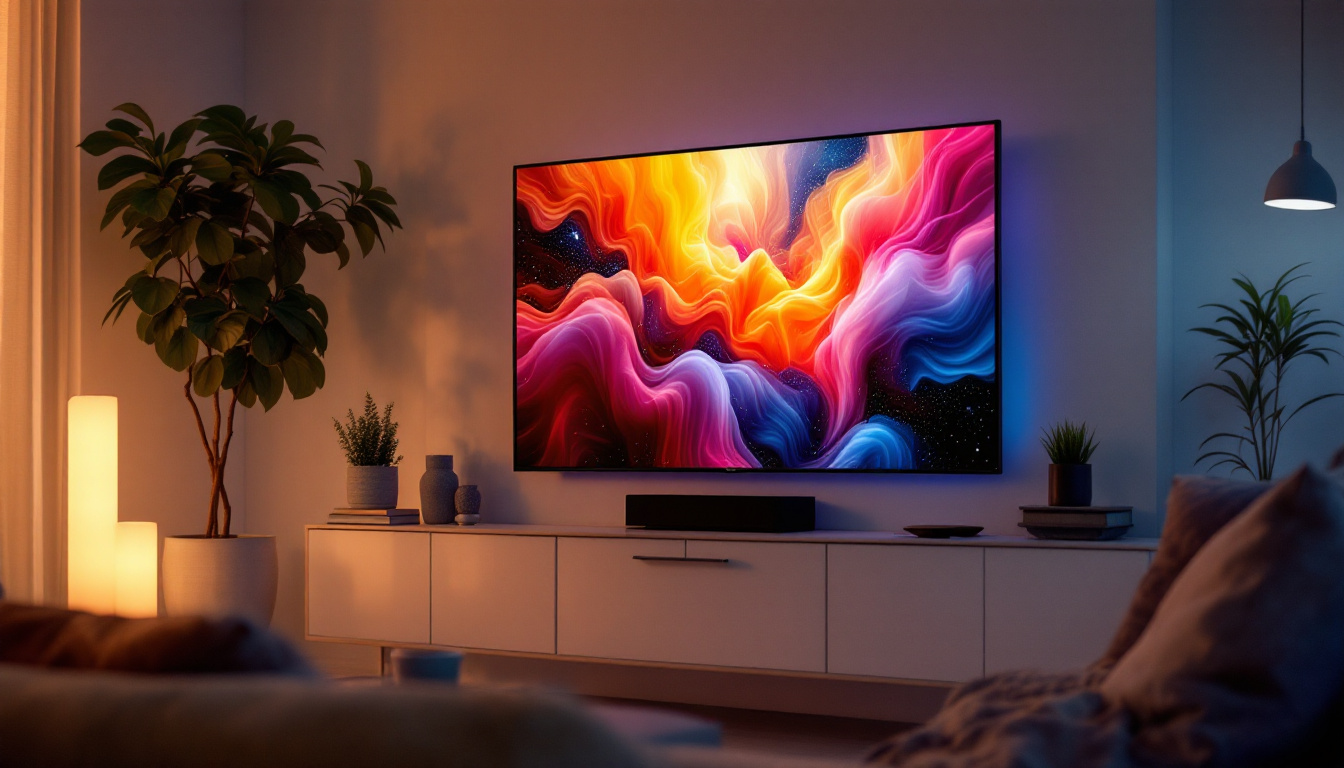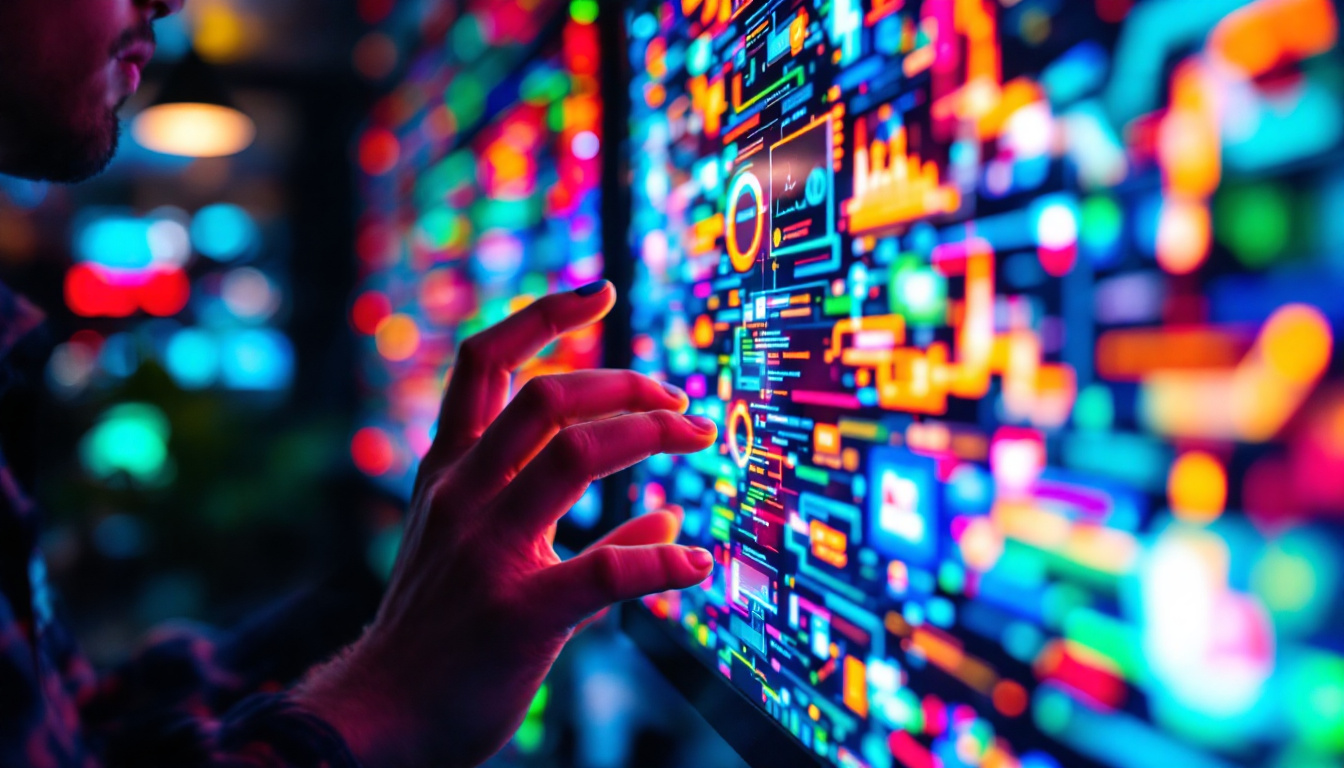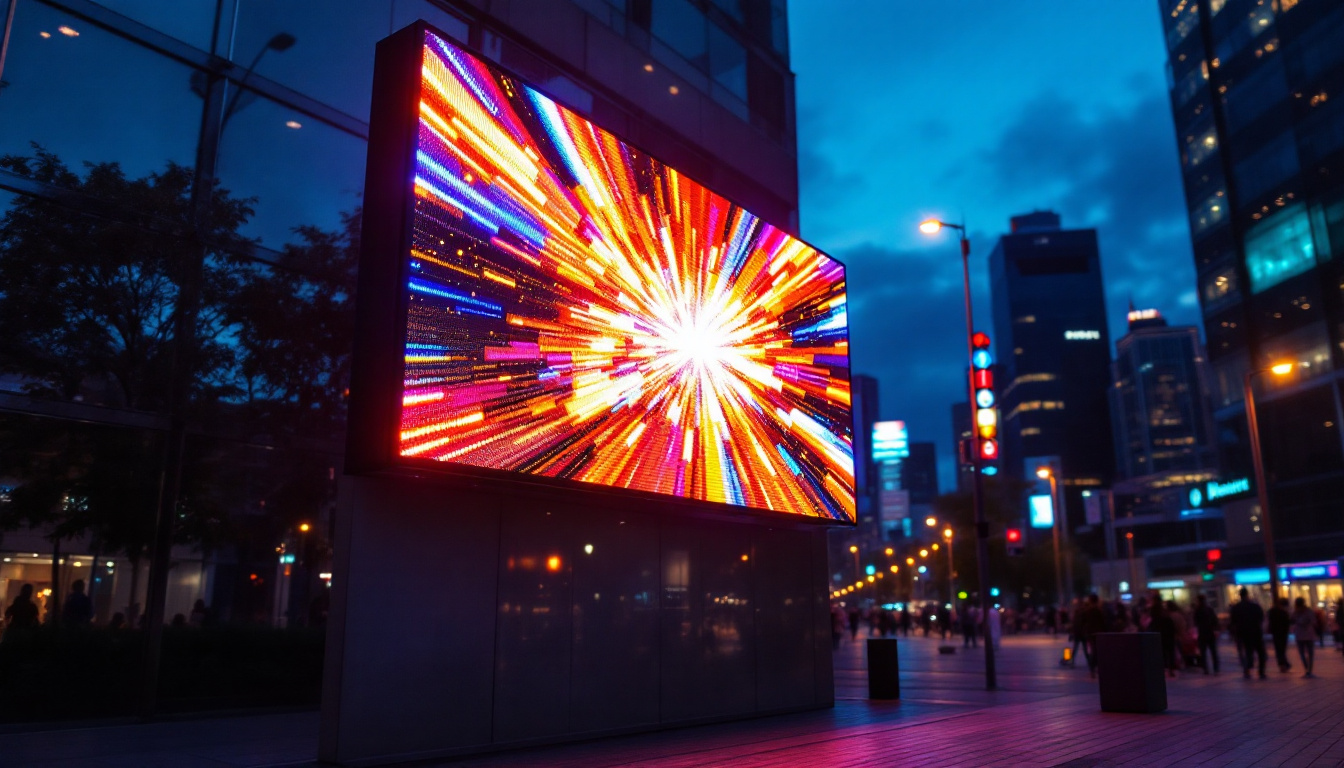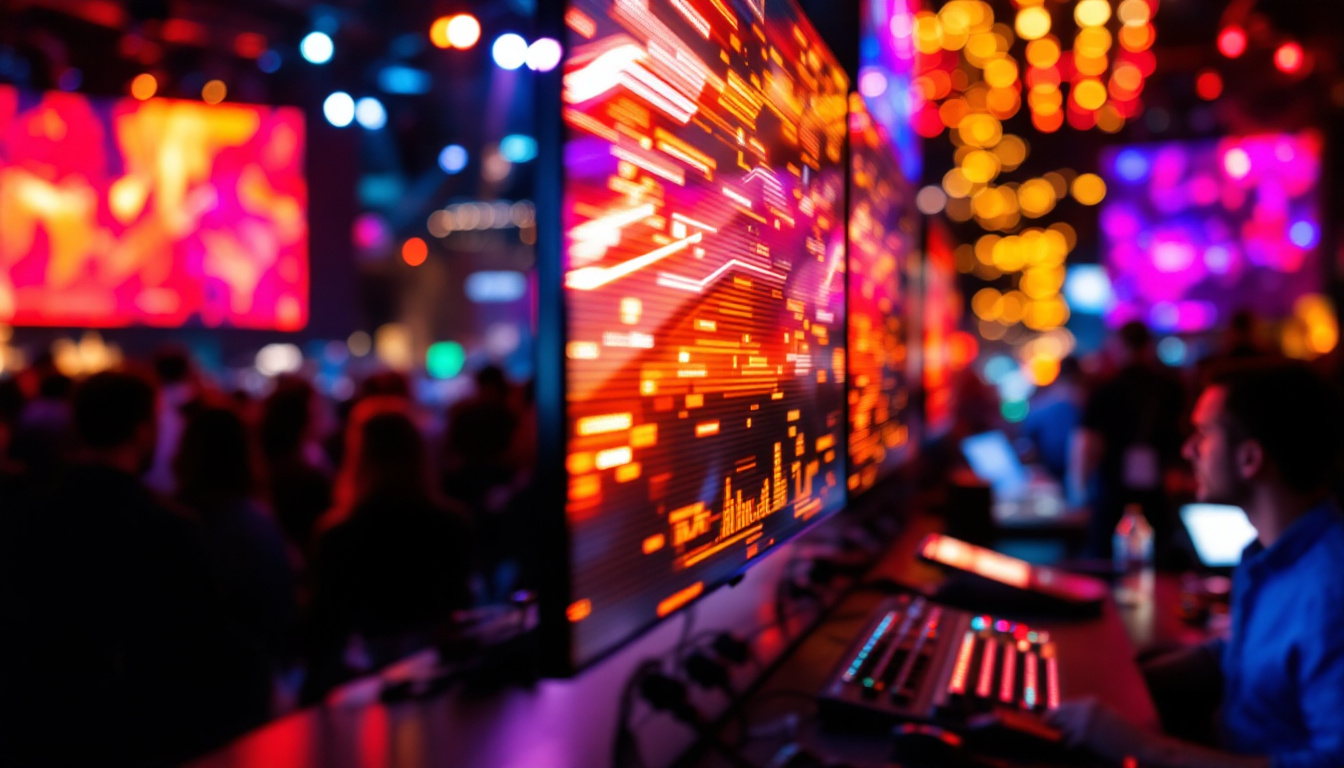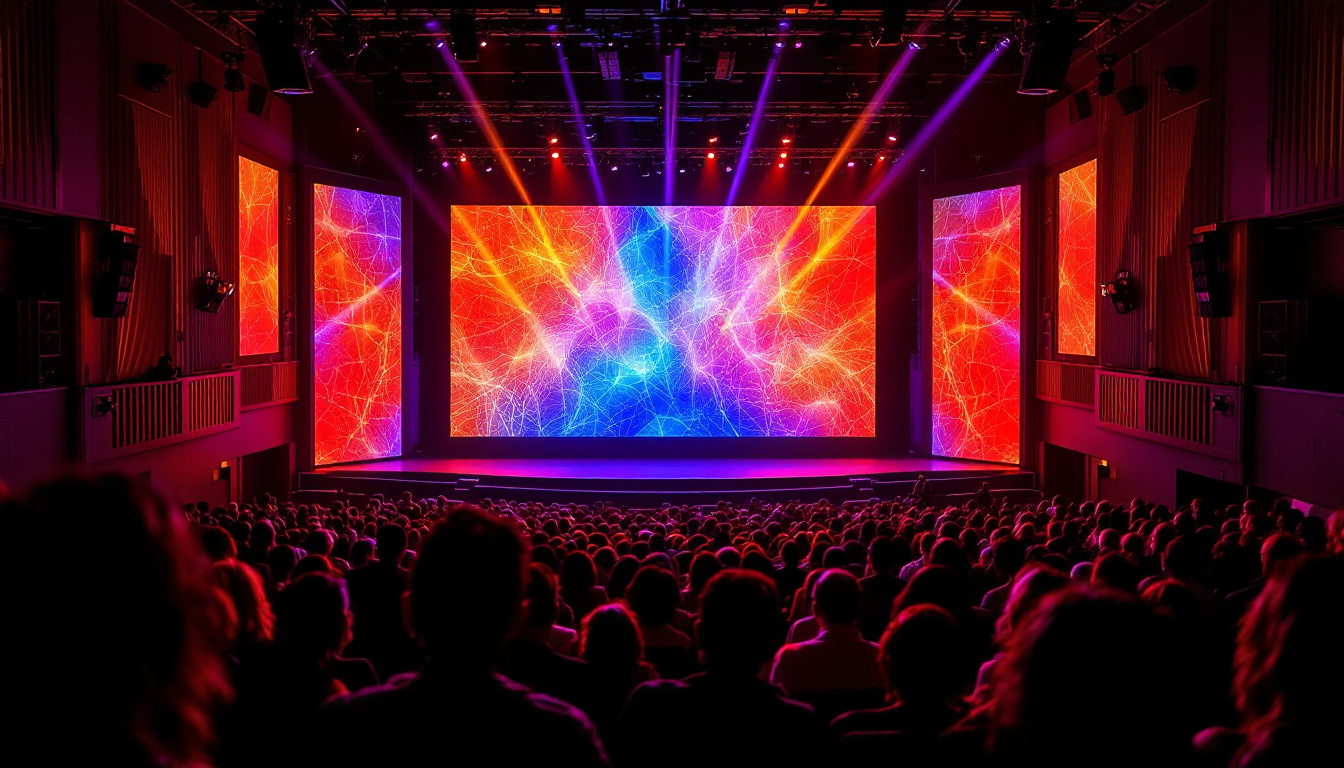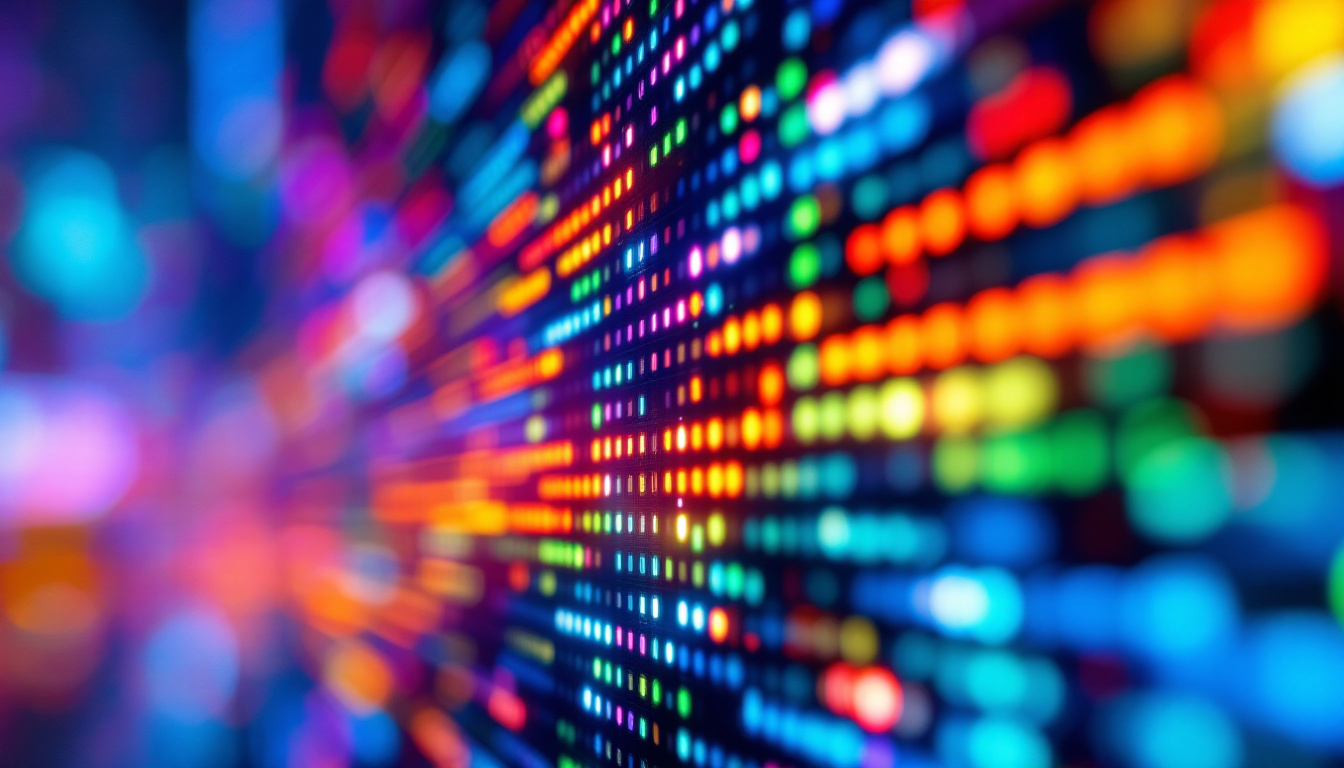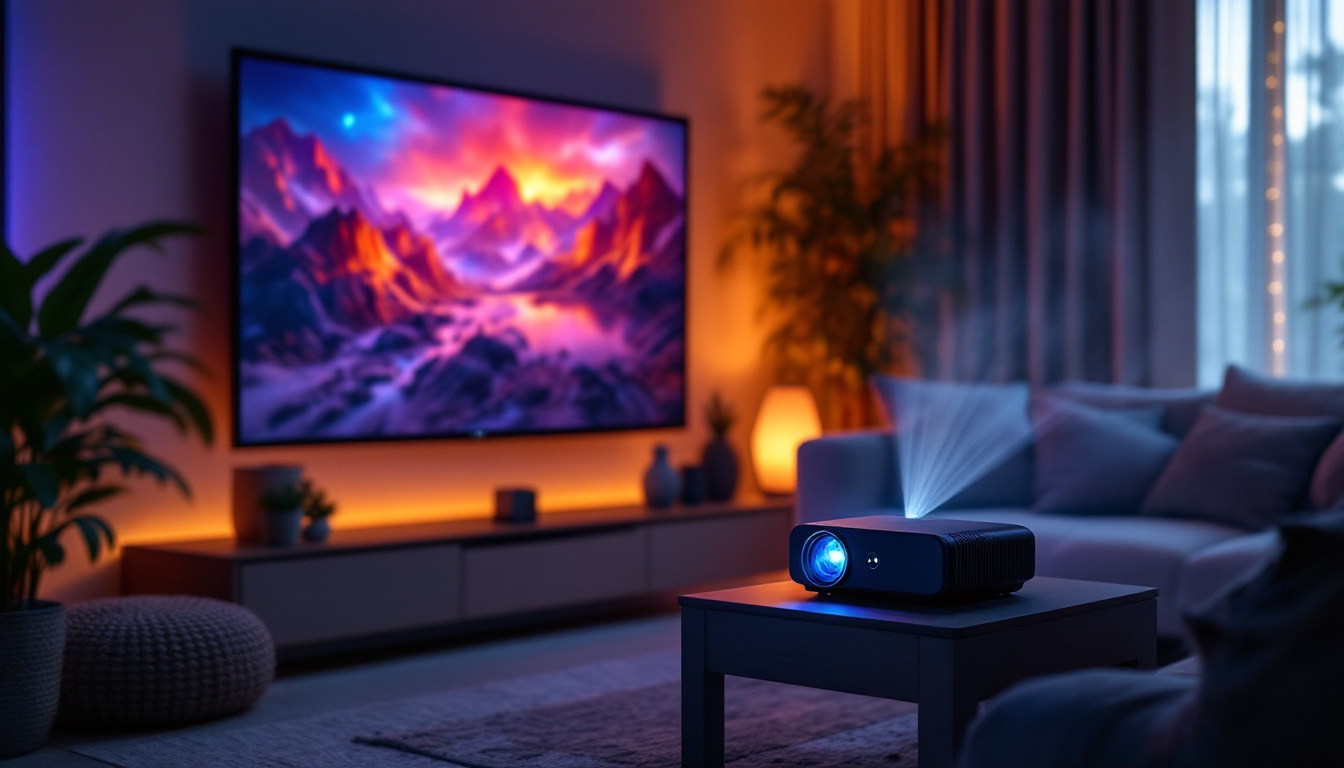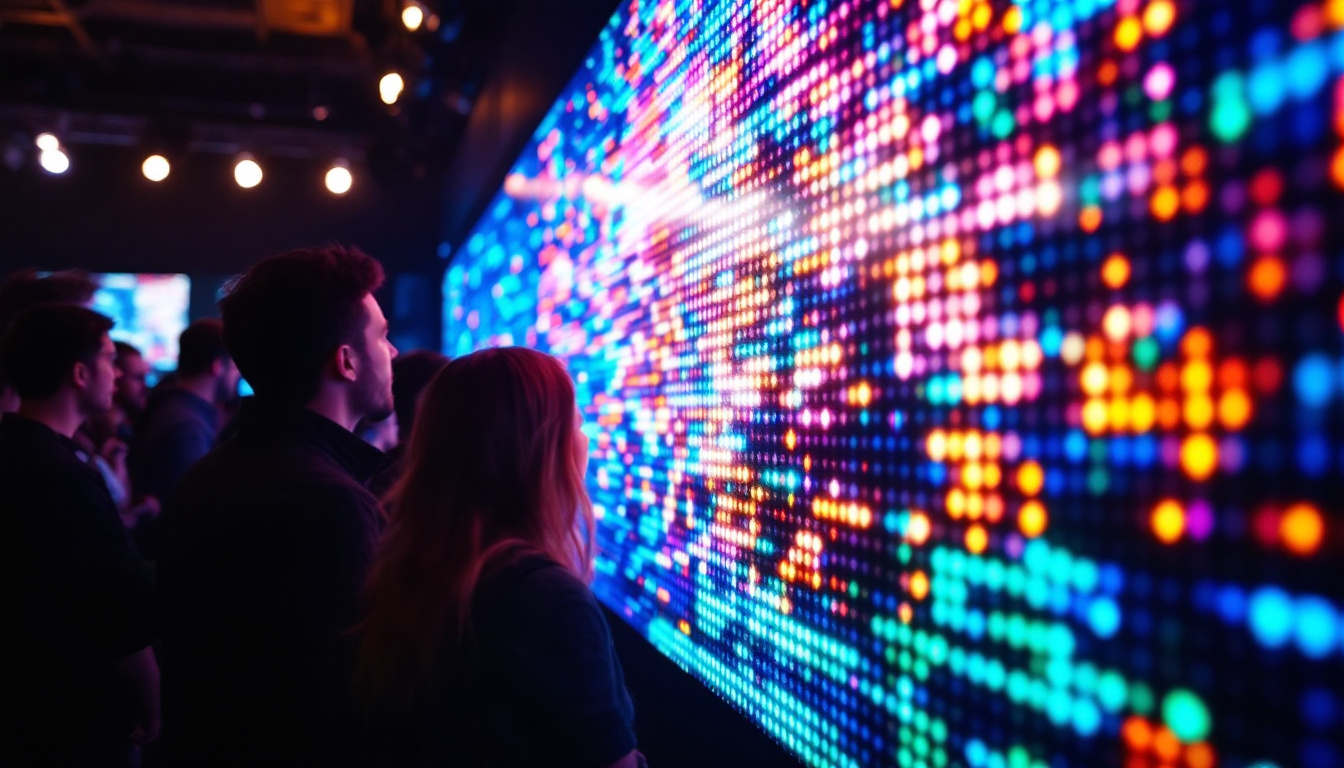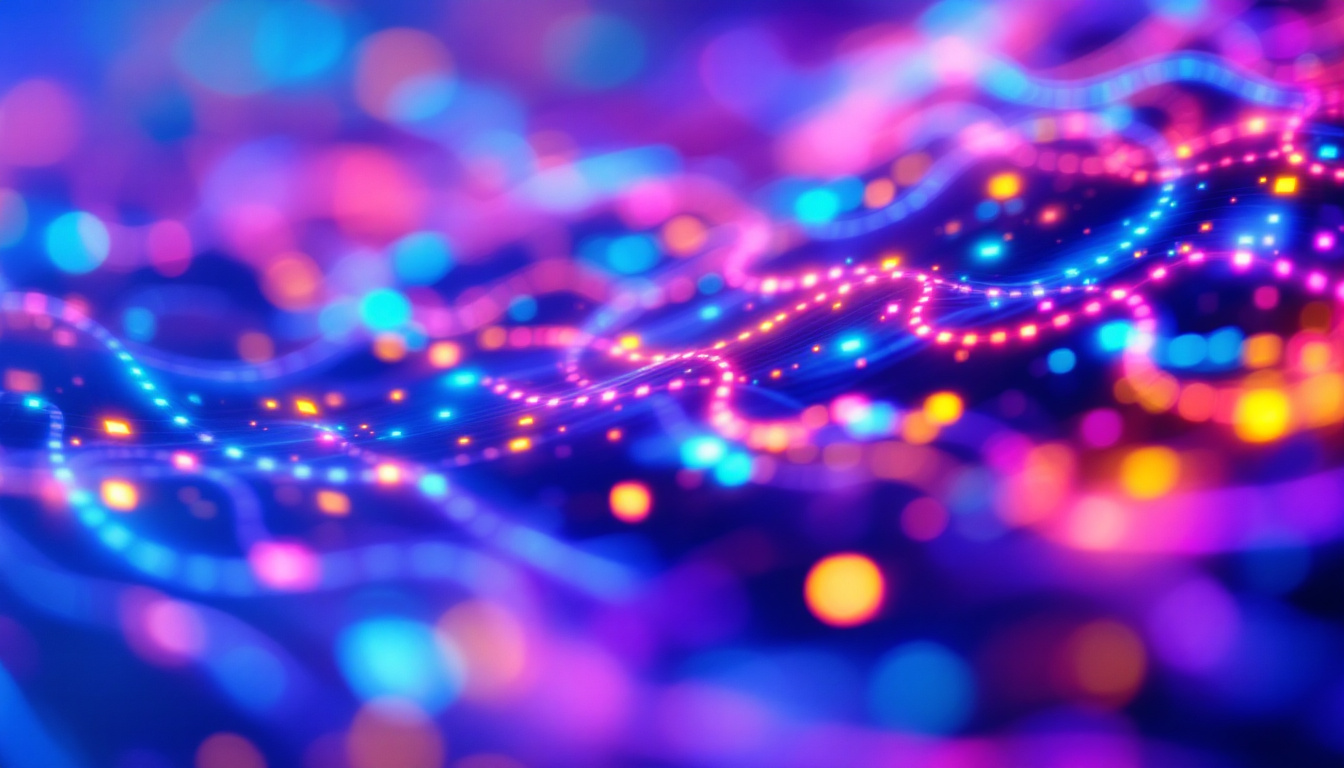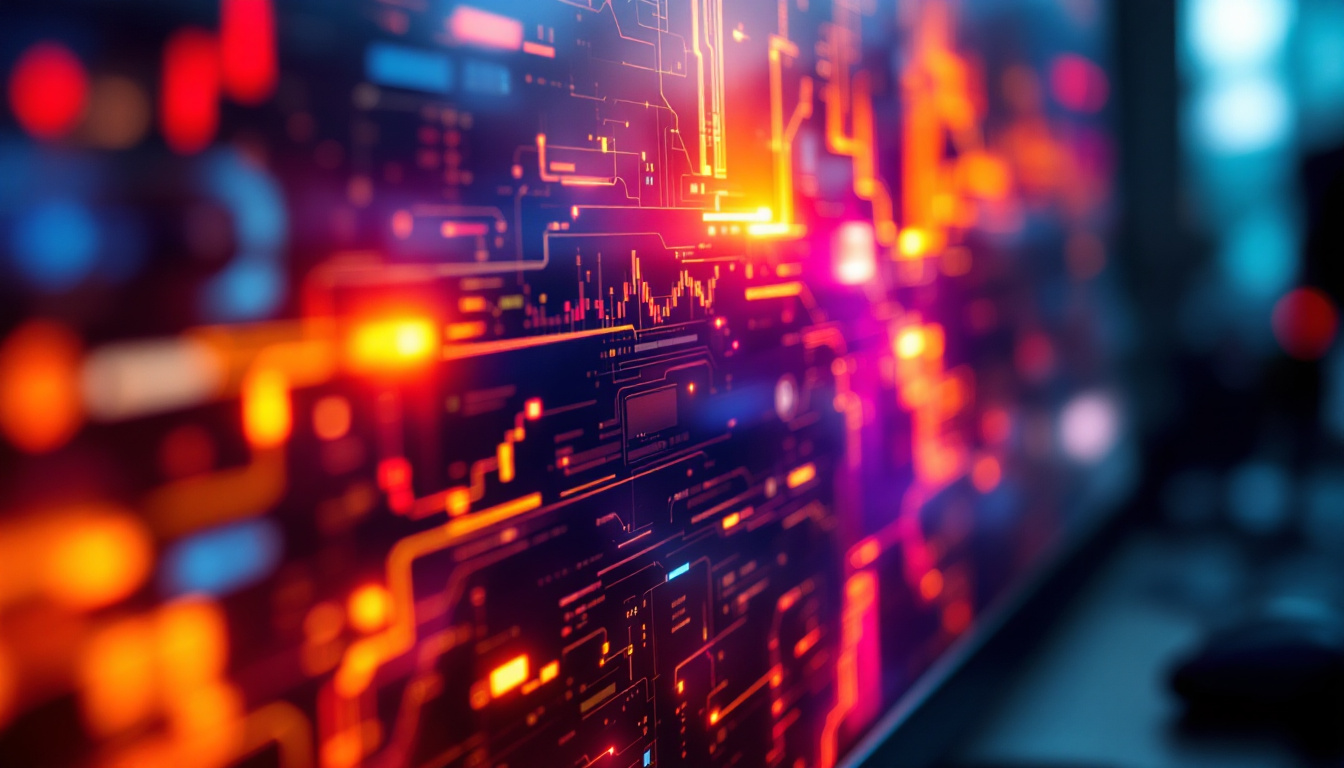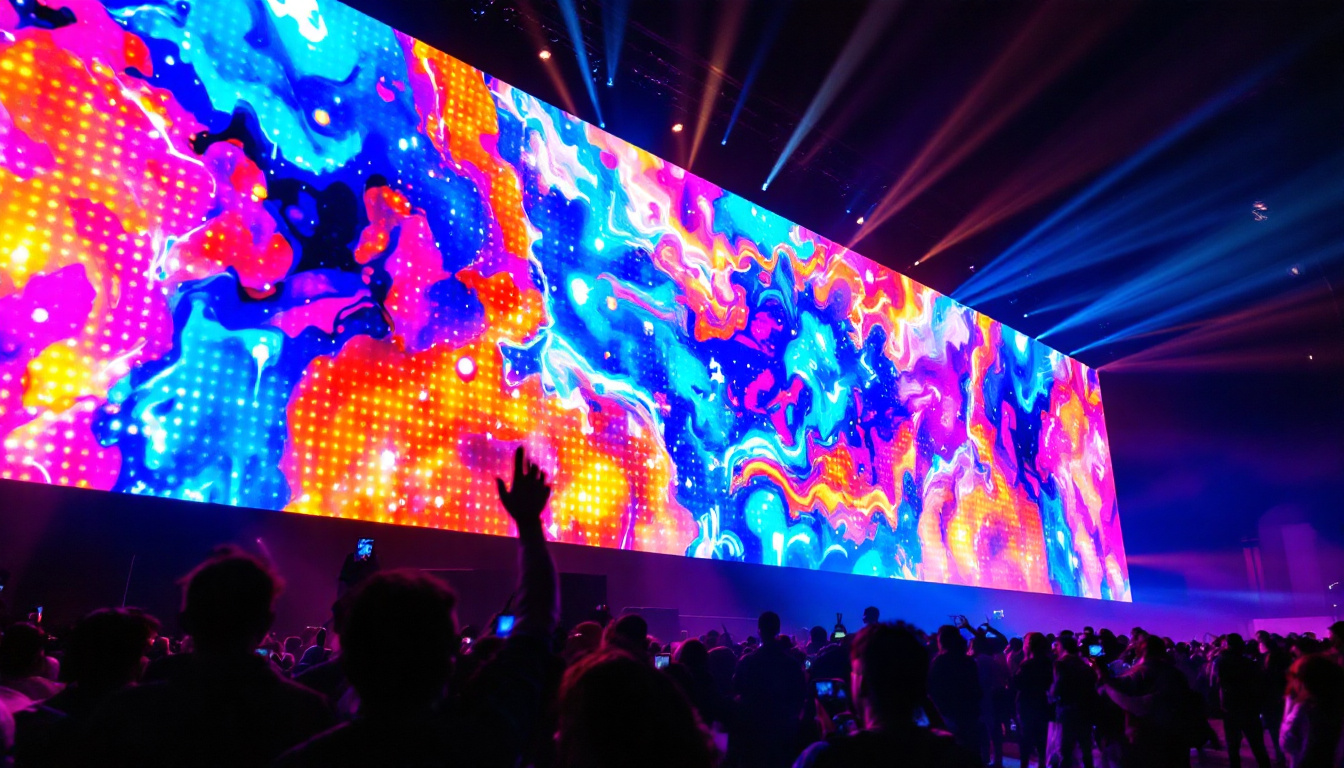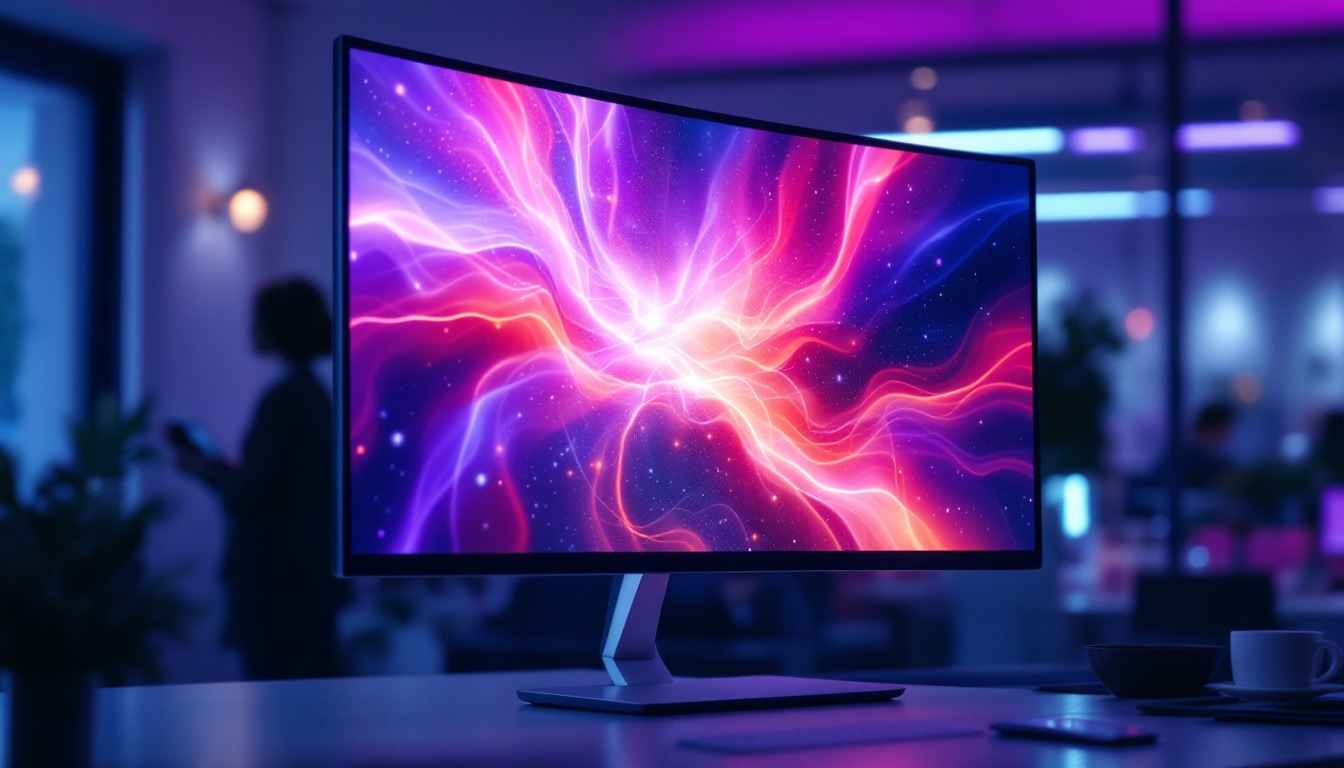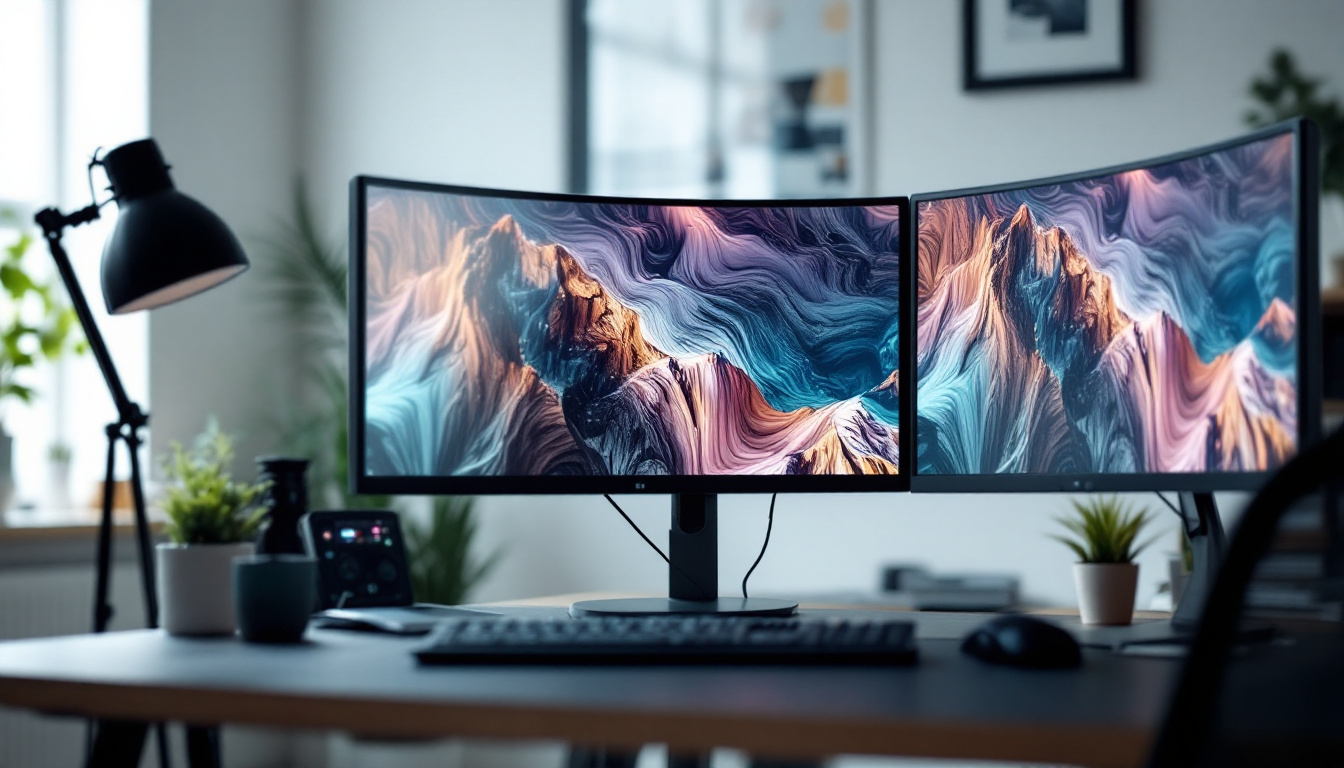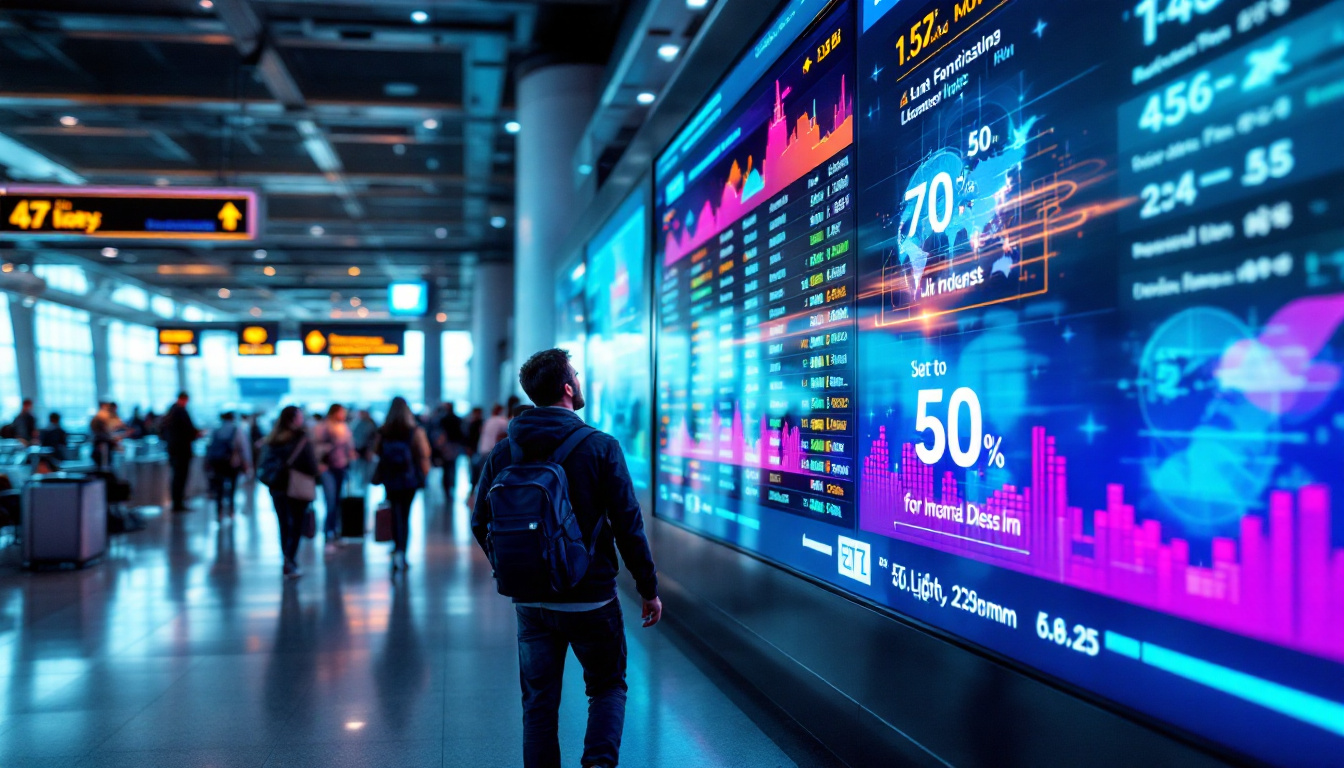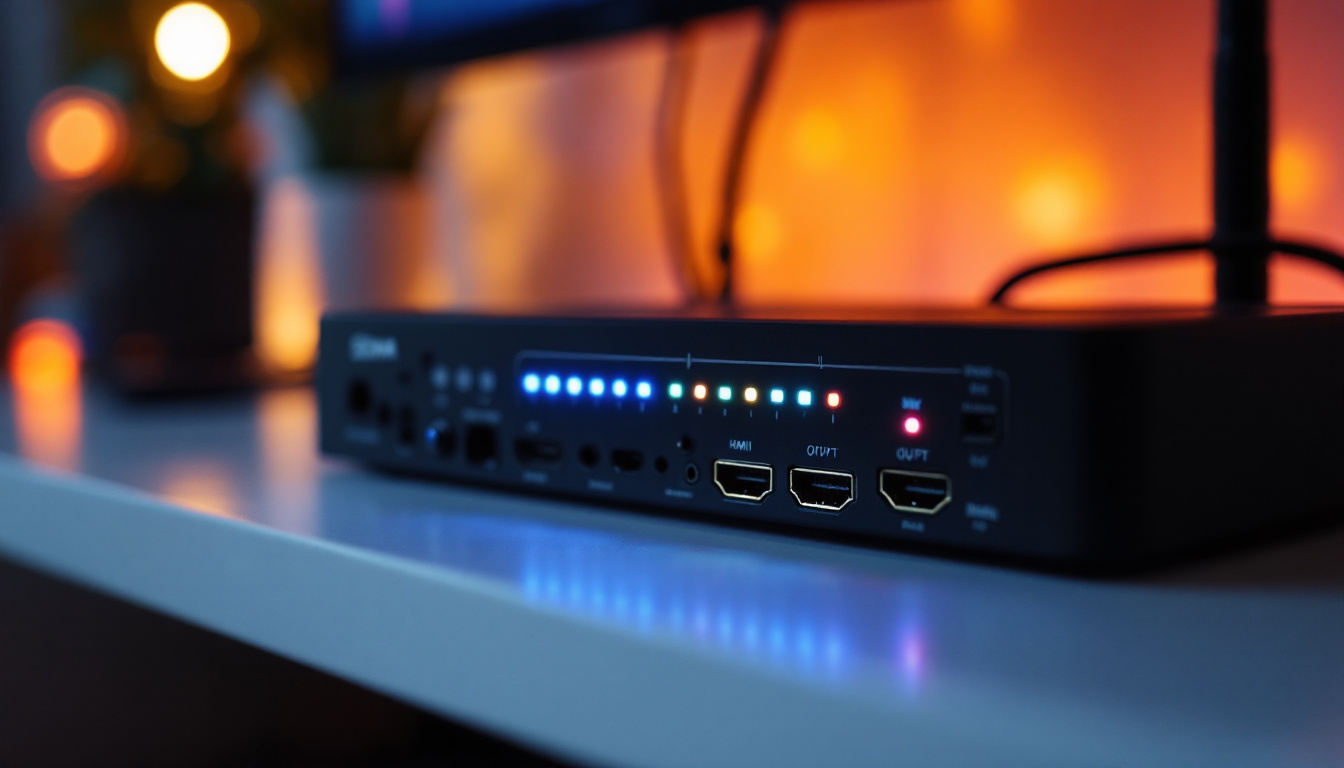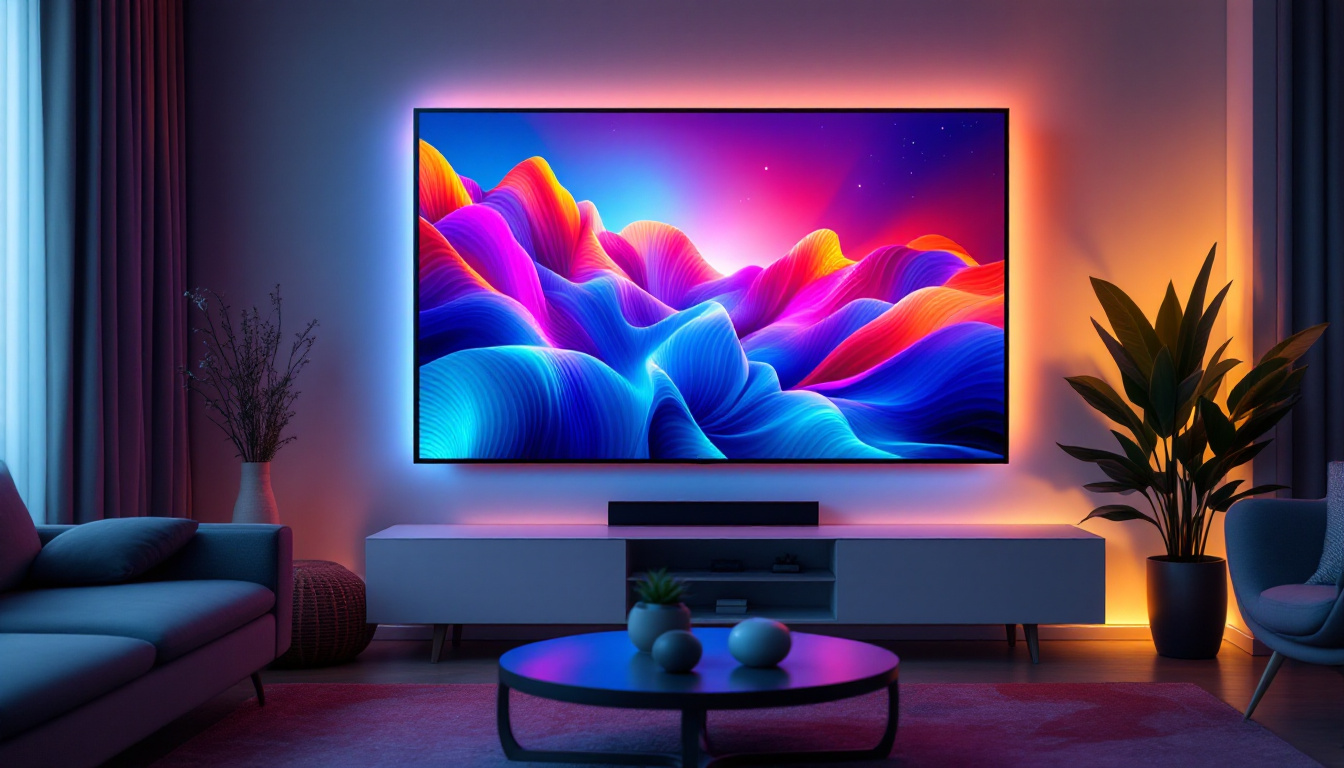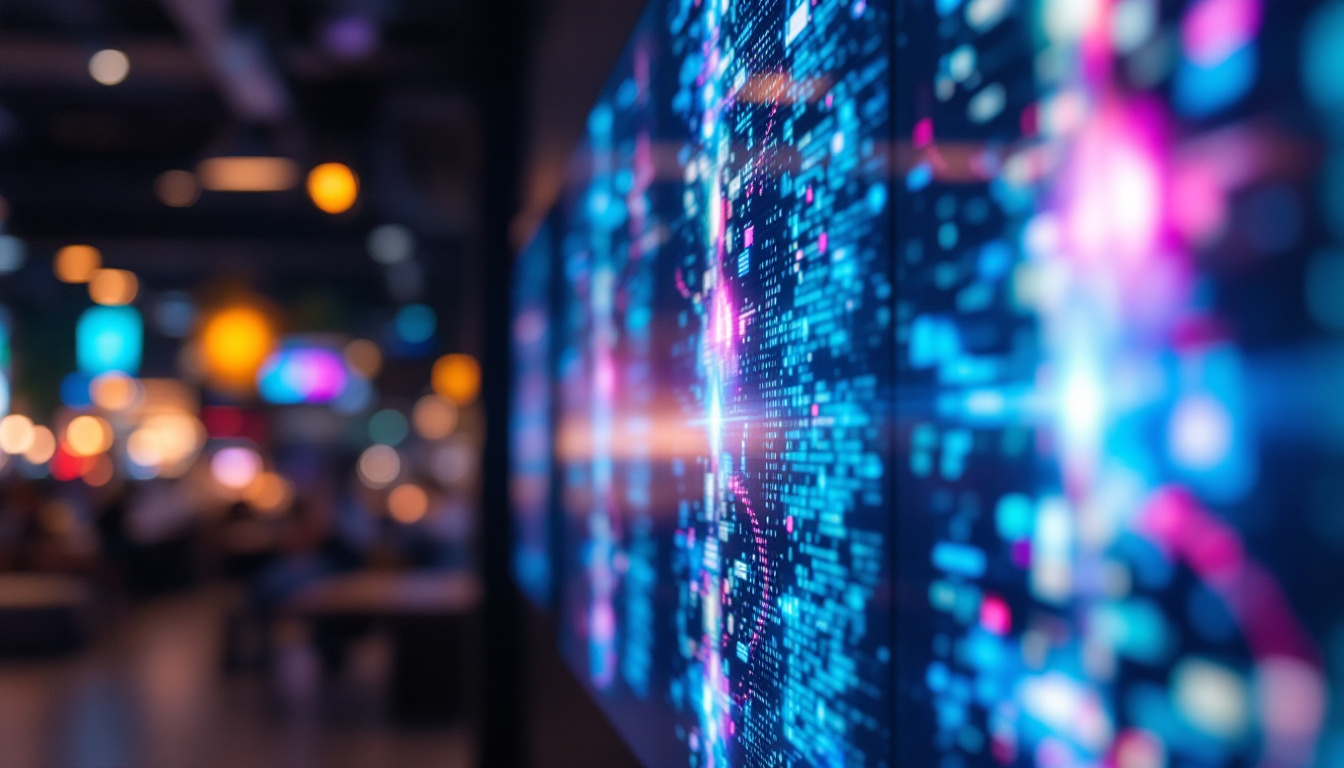Indoor LED Wall Lamp: LED Display Explained
In the realm of modern interior design, lighting plays a pivotal role in creating ambiance and enhancing the overall aesthetic of a space. Among the various lighting options available, Indoor LED wall lamps have gained immense popularity due to their versatility, energy efficiency, and stylish designs. This article delves into the intricacies of LED displays, focusing on how they function, their advantages, and the impact they have on indoor environments.
Understanding LED Technology
Light Emitting Diodes (LEDs) represent a significant advancement in lighting technology. Unlike traditional incandescent bulbs, which generate light through heated filaments, LEDs produce light through electroluminescence. This process involves the movement of electrons in a semiconductor material, resulting in the emission of light.
The Science Behind LEDs
The core component of an LED is a semiconductor chip, typically made from gallium arsenide or gallium phosphide. When an electric current passes through the chip, electrons recombine with holes, releasing energy in the form of photons. The color of the light emitted depends on the materials used in the semiconductor, allowing for a wide range of colors and brightness levels.
One of the most appealing aspects of LEDs is their efficiency. They convert a higher percentage of electrical energy into light compared to traditional bulbs, which waste a significant amount of energy as heat. This efficiency translates into lower energy bills and a reduced carbon footprint, making LEDs an environmentally friendly choice. Additionally, the longevity of LEDs is remarkable; they can last up to 25,000 hours or more, significantly outlasting incandescent and fluorescent bulbs. This durability not only reduces the frequency of replacements but also contributes to less waste in landfills, aligning with sustainable practices.
Types of LED Displays
LED displays come in various forms, each suited for different applications. The most common types include:
- Direct View LED Displays: These are made up of individual LED modules that create images by emitting light directly. They are often used for large outdoor billboards and indoor signage.
- LED Backlit Displays: These displays use LEDs to illuminate an LCD screen from behind, providing vibrant colors and high contrast ratios. They are commonly found in televisions and computer monitors.
- Organic LED (OLED) Displays: Utilizing organic compounds, these displays offer superior color accuracy and flexibility, making them ideal for high-end televisions and smartphones.
In addition to these common types, there are also specialized LED displays designed for unique purposes. For instance, LED matrix displays are often used in digital clocks and scoreboards, where they can show numbers and text in real-time. Furthermore, LED technology has also made its way into architectural lighting, where it enhances the aesthetic appeal of buildings and public spaces. By using programmable LEDs, designers can create dynamic lighting effects that change color and intensity, adding a layer of creativity to urban environments.
Moreover, the integration of smart technology with LED displays has ushered in a new era of interactive lighting solutions. Smart LEDs can be controlled via smartphone apps or home automation systems, allowing users to customize their lighting experience based on mood or activity. This level of control not only enhances user convenience but also promotes energy savings by enabling users to turn off lights remotely or set schedules for when lights should be on or off. As technology continues to evolve, the potential applications for LED displays seem limitless, paving the way for innovative solutions in both residential and commercial settings.
Advantages of Indoor LED Wall Lamps
Indoor LED wall lamps offer numerous benefits that make them a preferred choice for both residential and commercial spaces. Their advantages extend beyond mere aesthetics, impacting functionality and sustainability as well.
Energy Efficiency
One of the most significant advantages of LED wall lamps is their energy efficiency. LEDs consume significantly less power than traditional incandescent or fluorescent lights, often using up to 80% less energy. This efficiency not only reduces electricity bills but also contributes to a decrease in greenhouse gas emissions.
Moreover, the longevity of LED lamps means fewer replacements are needed over time. While traditional bulbs may last around 1,000 hours, LEDs can last anywhere from 15,000 to 50,000 hours, making them a cost-effective investment in the long run.
Design Versatility
Indoor LED wall lamps come in a myriad of designs, shapes, and sizes, allowing homeowners and designers to find the perfect fit for any space. Whether it’s a sleek, modern fixture or a vintage-inspired design, the variety available ensures that there is an option to complement every interior style.
Additionally, many LED wall lamps offer adjustable brightness and color temperature settings, enabling users to customize the lighting to suit different moods and activities. This flexibility enhances the functionality of a space, making it suitable for both relaxation and productivity.
Enhanced Safety Features
Safety is a paramount concern in any indoor environment, and LED wall lamps contribute positively in this regard. Unlike traditional bulbs, LEDs emit very little heat, reducing the risk of burns or fires. This characteristic makes them ideal for use in homes with children or pets.
Furthermore, many LED wall lamps are designed with shatter-resistant materials, providing an added layer of safety. This durability ensures that the lamps can withstand accidental impacts without breaking, making them a reliable choice for high-traffic areas.
Applications of Indoor LED Wall Lamps
The versatility of indoor LED wall lamps allows them to be utilized in a variety of settings. From residential homes to commercial spaces, these lamps can enhance the functionality and aesthetics of any environment.
Residential Use
In residential settings, LED wall lamps can serve multiple purposes. They can be used as ambient lighting to create a warm and inviting atmosphere, or as task lighting in areas such as reading nooks and home offices. Their ability to provide focused illumination makes them ideal for accentuating artwork or architectural features.
Additionally, LED wall lamps can be strategically placed in hallways and staircases to improve visibility and safety. The sleek designs available ensure that they blend seamlessly with the decor, enhancing the overall aesthetic without being obtrusive.
Commercial Use
In commercial spaces, indoor LED wall lamps can significantly impact the customer experience. Retail environments benefit from the ability to highlight products and create an inviting atmosphere, encouraging customers to explore and engage with the space.
Moreover, in office settings, LED wall lamps can enhance productivity by providing adequate lighting for workspaces. Adjustable brightness options allow employees to customize their lighting according to their preferences, promoting comfort and reducing eye strain.
Hospitality Industry
In the hospitality industry, the ambiance created by lighting is crucial for guest satisfaction. Hotels and restaurants often use LED wall lamps to create a warm and inviting atmosphere that enhances the dining or lodging experience. The ability to adjust color temperatures can help set the mood for different times of day, from bright and energizing during breakfast to soft and intimate during dinner.
Furthermore, the energy efficiency of LED lamps aligns with the sustainability goals of many hospitality businesses, making them a smart choice for eco-conscious establishments.
Installation and Maintenance of LED Wall Lamps
Installing and maintaining indoor LED wall lamps is a straightforward process, but it requires attention to detail to ensure optimal performance and longevity.
Installation Guidelines
When installing LED wall lamps, it is essential to consider the placement and wiring. Ideally, fixtures should be mounted at a height that provides adequate illumination without causing glare. For task lighting, such as in a reading nook, the lamp should be positioned to direct light onto the intended surface.
Wiring should be done by a qualified electrician to ensure safety and compliance with local building codes. Many LED wall lamps come with detailed installation instructions, making the process easier for both professionals and DIY enthusiasts.
Maintenance Tips
One of the advantages of LED wall lamps is their low maintenance requirements. However, regular cleaning is essential to maintain their performance and appearance. Dust and grime can accumulate on the surface, diminishing light output and affecting the overall aesthetic.
To clean LED wall lamps, use a soft, damp cloth and avoid harsh chemicals that could damage the finish. Additionally, it is advisable to check the wiring and connections periodically to ensure everything is functioning correctly.
Future Trends in LED Wall Lighting
The future of indoor LED wall lamps is promising, with ongoing advancements in technology and design. As the demand for energy-efficient lighting continues to grow, manufacturers are exploring innovative solutions to enhance the functionality and aesthetics of LED lamps.
Smart Lighting Integration
One of the most significant trends in lighting technology is the integration of smart features. Many LED wall lamps are now equipped with smart technology, allowing users to control lighting through mobile apps or voice-activated devices. This capability enables users to adjust brightness, color temperature, and even set schedules for when lights should be on or off.
Smart LED wall lamps can also be programmed to sync with other smart home devices, creating a cohesive and automated lighting experience that enhances convenience and energy efficiency.
Design Innovations
As designers continue to push the boundaries of creativity, LED wall lamps are becoming more artistic and sculptural. Manufacturers are experimenting with unique shapes, materials, and finishes, resulting in fixtures that serve as both functional lighting and stunning decor.
Moreover, the trend toward sustainable design is influencing the materials used in LED wall lamps. Eco-friendly options are becoming more prevalent, appealing to environmentally conscious consumers who prioritize sustainability in their purchasing decisions.
Conclusion
Indoor LED wall lamps represent a fusion of technology, design, and functionality that meets the needs of modern living. Their energy efficiency, versatility, and safety features make them an ideal choice for a wide range of applications, from residential to commercial spaces.
As advancements in LED technology continue to evolve, the future of indoor lighting looks bright. With the integration of smart features and innovative designs, LED wall lamps are set to play an even more significant role in shaping the ambiance and functionality of our indoor environments.
Investing in LED wall lamps not only enhances the aesthetic appeal of a space but also contributes to a more sustainable future. As consumers become more aware of their lighting choices, the shift toward LED technology is likely to continue, illuminating our lives in more ways than one.
Illuminate Your Space with LumenMatrix
Ready to elevate your indoor environment with cutting-edge LED technology? Discover LumenMatrix’s innovative solutions that blend design and functionality to transform your space. Whether you’re looking to enhance brand visibility, create captivating visual experiences, or simply improve your home’s ambiance, LumenMatrix has a wide array of LED display modules to suit your needs. From dynamic Indoor LED Wall Displays to versatile All-in-One LED Displays, our products are designed to captivate and engage. Check out LumenMatrix LED Display Solutions today and step into a brighter, more sustainable future.

